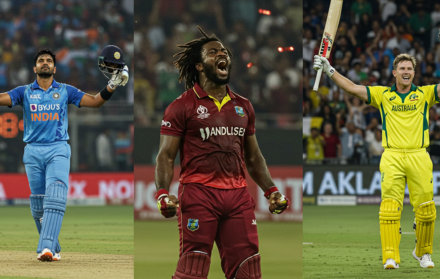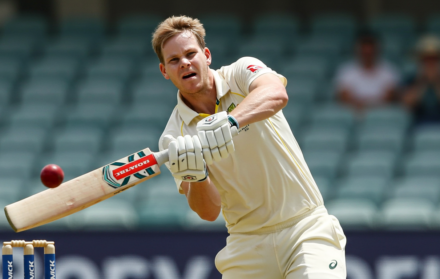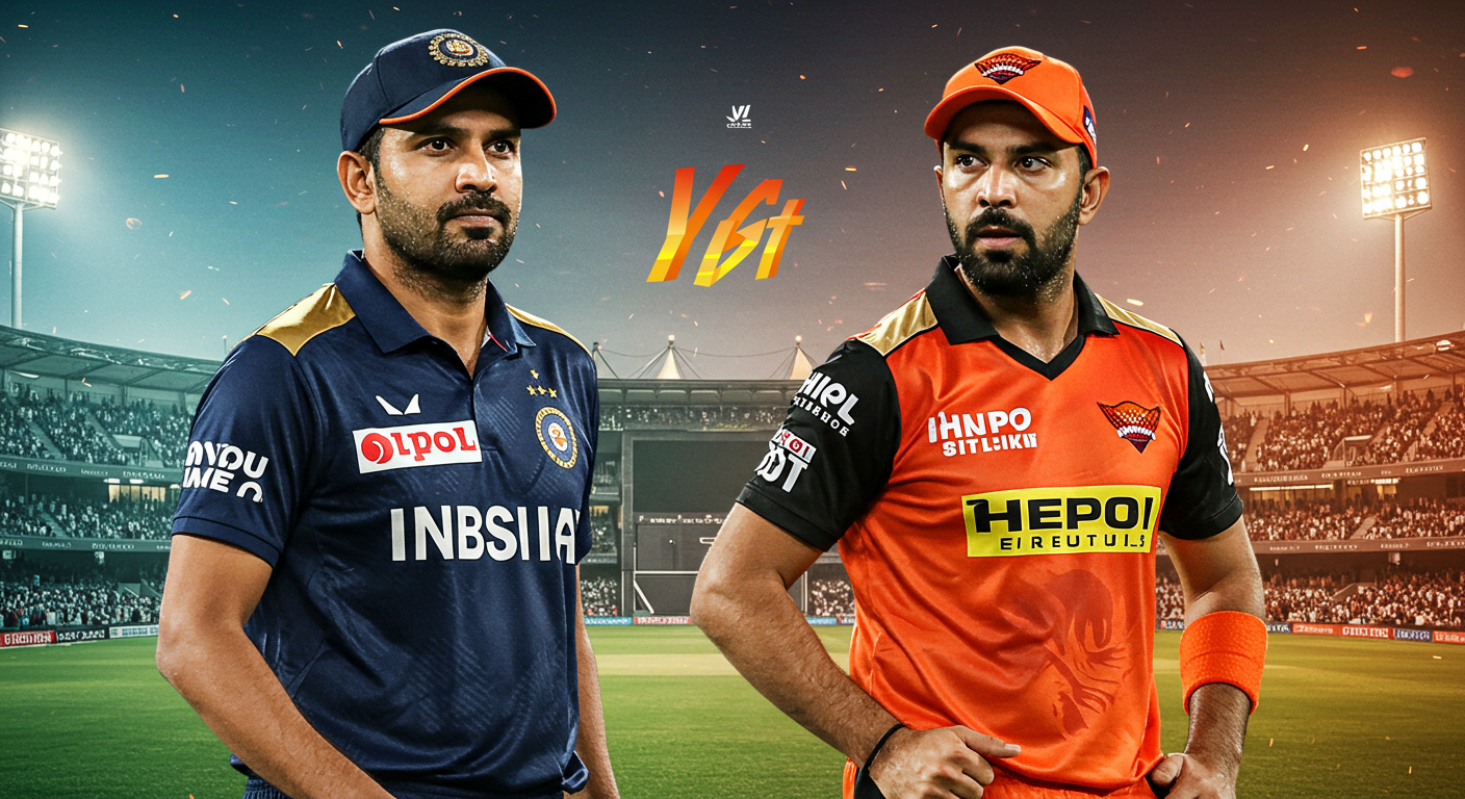
The Rise of T20 Leagues Around the World
Over the past two decades, cricket has undergone a seismic transformation. What was once a game dominated by Test matches and bilateral one-dayers is now fuelled by the explosive popularity of the 20-over format. T20 cricket has become more than just a short-form alternative — it’s the financial, entertainment, and global heartbeat of the sport. And at the centre of this movement is the rise of T20 leagues.
From the Indian Premier League’s billion-dollar success story to newer ventures like Major League Cricket in the United States, domestic T20 competitions have emerged across nearly every continent. These leagues have redefined how fans engage, how players are developed, and how nations view the sport’s commercial potential. They have shifted the power balance from cricket boards to franchises and from tradition to entertainment.
But this rise hasn’t been a single, linear ascent. It’s come with innovation, controversy, and reinvention. Some leagues have flourished into global juggernauts, while others have struggled to survive. Together, they tell the story of cricket’s modern evolution.
In the sections ahead, we’ll explore what sparked the rise of T20 leagues, how they’ve impacted the sport, and why they might shape cricket’s future more than any other format.
1. The IPL Effect: How One League Redefined the Game

No conversation about the rise of T20 leagues begins without the Indian Premier League. Launched in 2008, the IPL wasn’t the first domestic T20 competition — but it was the first to blend cricket with full-scale entertainment, serious investment, and global star power. The result? A tournament that now rivals the biggest sporting events on the planet in terms of viewership, sponsorship, and influence.
The IPL’s model was bold: player auctions, city-based franchises, prime-time TV slots, and lavish production values. It turned cricketers into celebrities, introduced fans to franchise loyalty, and created a new calendar peak in world cricket. Overseas players juggled schedules just to be part of it. Broadcasters threw money at it. Fans rearranged their evenings around it.
What the IPL also proved was that domestic leagues could stand on their own, even without national flags attached. It gave players from emerging nations a platform and turned previously unknown domestic talents into household names. It also forced cricket boards and governing bodies to reconsider how cricket was consumed.
The rise of T20 leagues owes much of its global momentum to the IPL. It wasn’t just a tournament — it was a blueprint. And it continues to influence every league that follows.
2. The Big Bash League: Australia’s Answer to Cricket Entertainment
When Australia launched the Big Bash League (BBL) in 2011, it wasn’t just looking to copy the IPL — it aimed to put a distinctly Australian stamp on franchise T20 cricket. With its focus on family-friendly atmospheres, accessible ticket prices, and strong regional identities, the BBL quickly carved out a niche as one of the world’s most watchable leagues.
Unlike other competitions that relied heavily on international stars, the BBL initially spotlighted homegrown talent. This provided a crucial platform for young Australian cricketers to thrive under lights, in front of big crowds, and with TV cameras tracking every delivery. It turned players like Glenn Maxwell, Marcus Stoinis, and Chris Lynn into household names well before they became international regulars.
The league’s influence extends beyond player development. It reimagined how cricket could be packaged — with fireworks, music, and short match durations that suited after-school and after-work crowds. Its summer scheduling made it a staple of Australia’s festive period.
The BBL’s consistent success helped validate the rise of T20 leagues as more than a trend. It proved that with the right vision and structure, even countries with traditional cricketing roots could revolutionise how the sport is presented — and who it reaches.
3. Caribbean Premier League: Reviving a Region Through T20
The Caribbean has always been synonymous with flair and passion in cricket, but in recent decades, the West Indies’ global dominance had begun to fade. Enter the Caribbean Premier League (CPL), launched in 2013 with a mission that went beyond cricket — it aimed to restore regional pride and unite nations through sport.
The CPL brought back packed stadiums, gave local fans a reason to cheer, and showcased Caribbean players on home soil in a vibrant, fast-paced format. It also created a space for the next generation of West Indian talent — like Nicholas Pooran, Shimron Hetmyer, and Obed McCoy — to make their names.
With its carnival atmosphere, music-filled stands, and island rivalries, the CPL feels like a celebration as much as a competition. But behind the scenes, it’s had serious impact: injecting money into local economies, attracting international stars, and boosting cricket tourism in places like Trinidad, Barbados, and St Lucia.
As other nations watched the CPL thrive, it became clear that the rise of T20 leagues wasn’t limited to financial powerhouses. Even smaller cricketing nations could harness the format to grow the game and reignite regional interest — with culture, colour, and cricket all rolled into one.
4. Pakistan Super League: Stability Through Cricket
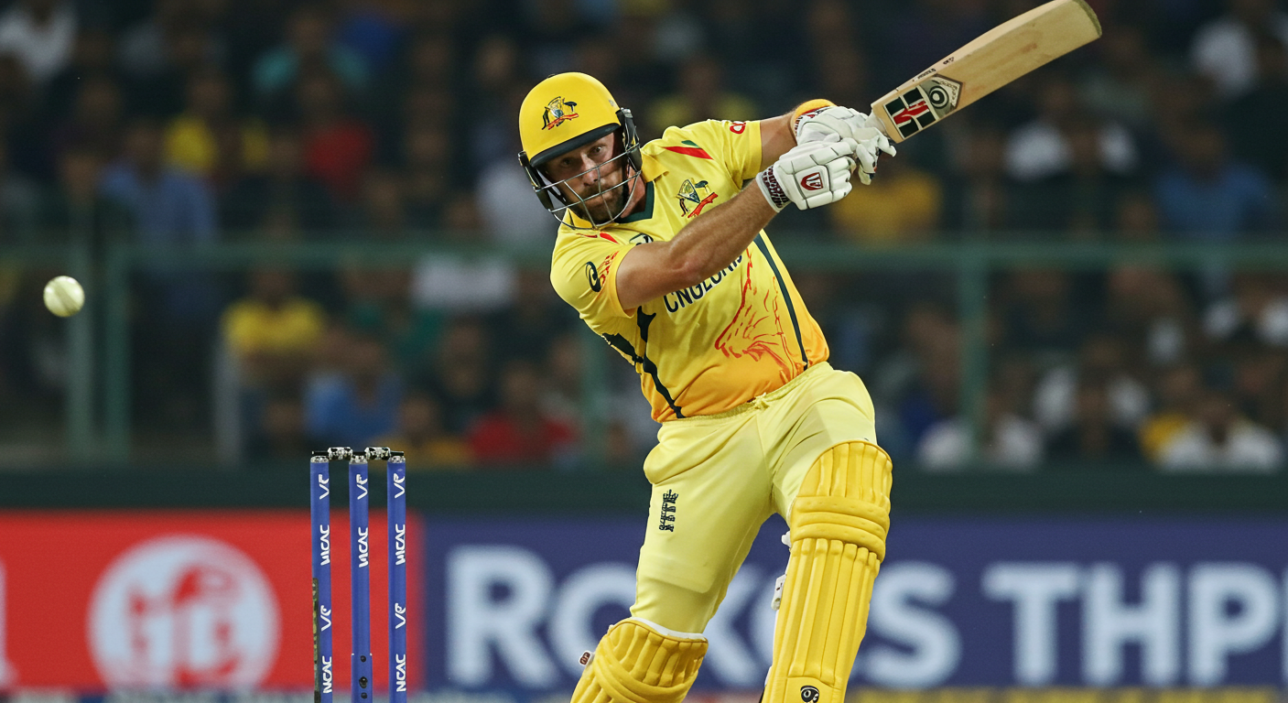
For years, Pakistan faced the challenge of hosting international cricket at home, due to security concerns that left stadiums silent and fans starved of live action. The launch of the Pakistan Super League (PSL) in 2016 changed that narrative. Initially held in the UAE, the PSL brought together top-tier local talent and marquee overseas names, creating a product that balanced quality with credibility.
As confidence grew, matches gradually returned to Pakistan. The league became a symbol of revival — a way to show the world that Pakistan was ready to welcome cricket back. It wasn’t just a sporting success; it was a political and cultural statement.
The PSL has also been vital in unearthing and fast-tracking players like Shaheen Shah Afridi and Mohammad Haris. It created pressure situations, big-stage exposure, and financial security for players who previously relied solely on the national side for advancement.
Unlike some leagues that are glitz-first, the PSL built its reputation on the strength of its bowling attacks and fiercely competitive games. In doing so, it further fuelled the rise of T20 leagues by showing how cricket could be used not just to entertain, but to rebuild confidence in a nation’s sporting identity.
5. England’s The Hundred: Innovation or Disruption?
England already had a domestic T20 competition in the Vitality Blast, but in 2021 it launched something radically different — The Hundred. With 100-ball innings instead of traditional overs, simplified rules, and gender parity built into the format, The Hundred was created to attract new audiences. It wasn’t universally welcomed, but it was undoubtedly bold.
Critics argued that it diluted cricket’s core identity and confused existing fans. Supporters pointed to sell-out crowds, primetime TV slots, and the boost in visibility for women’s cricket. Regardless of opinion, the tournament’s success in drawing in younger demographics and families was hard to ignore.
The Hundred’s influence extends beyond England. Other boards have watched closely, particularly its branding, broadcast innovations, and how it positioned itself outside the usual cricket calendar. It showed that experimentation could still live within a traditional cricketing system — and be commercially viable.
While not a T20 league in the strictest sense, The Hundred has nonetheless played a key role in the broader rise of T20 leagues. It reflects a growing appetite for formats that are fast, fun, and accessible — even if that means challenging cricket’s sacred conventions in the process.
6. Major League Cricket: America’s Late but Ambitious Entry
For years, the idea of cricket succeeding in the United States felt far-fetched. But in 2023, Major League Cricket (MLC) launched with real intent, bringing in international stars, major investors, and a slick marketing strategy aimed at tapping into a largely untapped audience. Backed by Silicon Valley capital and diaspora support, MLC has made an early statement.
Its franchises are already building loyal followings in cities like Dallas, San Francisco, and Los Angeles. Stadiums have been repurposed, and plans for new cricket-specific venues are under way. The league has also opened doors for American-born players to mix with the likes of Trent Boult and Faf du Plessis, creating a rare fusion of global and local.
What sets MLC apart is its ambition. It wants to make cricket mainstream in a market that traditionally ignored it. And with a broadcasting model aligned to streaming-first platforms, it’s tailor-made for younger, digital-savvy audiences.
The rise of T20 leagues has always depended on bold expansion — and MLC may be the boldest of them all. If it succeeds, it could redefine cricket’s global footprint in ways previously unimaginable, especially for countries outside the sport’s traditional power centres.
7. SA20 and ILT20: Franchise First, Country Second
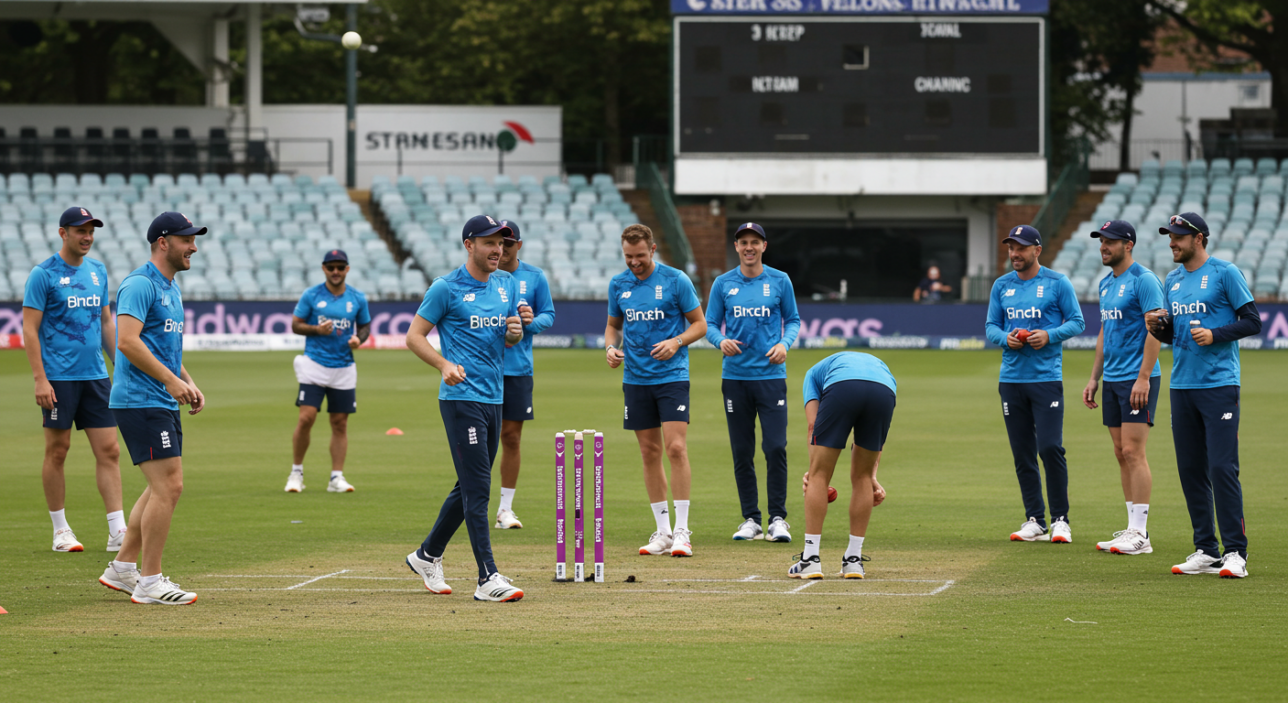
Two of the newest additions to the T20 landscape — South Africa’s SA20 and the UAE’s ILT20 — have highlighted a growing trend: leagues that prioritise private franchises over national structures. Both tournaments are backed heavily by IPL team owners, and both place commercial value above domestic identity. It’s a controversial shift, but a significant one.
SA20, launched in 2023, revived South African domestic cricket after years of financial instability and declining interest. By aligning itself with IPL stakeholders, it brought credibility, global players, and much-needed investment. ILT20 followed a similar path, offering high salaries and attracting well-known names, despite a less established local player base.
These leagues aren’t just trying to survive — they’re trying to dominate windows in the global calendar. That’s led to scheduling clashes, player withdrawals from international duty, and growing debate about whether T20 leagues are becoming bigger than the game itself.
Still, both competitions have gained early traction and serve as proof that the rise of T20 leagues is increasingly shaped by franchise economics, not just cricketing tradition. It’s a trend that’s raising questions — and forcing boards to rethink what the future of domestic cricket actually looks like.
8. The Global Player Economy: Cricket’s New Marketplace
Before the explosion of franchise cricket, players relied heavily on national contracts and international success to earn a living. Today, that model has shifted. T20 leagues have created a year-round marketplace, where players can pick and choose where they play — often earning more in six weeks with a franchise than in an entire year with their country.
This transformation has especially benefited players from associate nations and those on the fringes of national squads. A blistering knock or match-winning spell in a league can catapult a player into global demand, opening doors to sponsorships, endorsements, and contracts across continents.
Agents, analysts, and auction rooms now play as big a role as selectors. Performance data is scrutinised more than ever, with strike rates, death-over economy, and fielding metrics turning into currency. Players are brands, and leagues are their platforms.
The rise of T20 leagues has democratised earning potential in cricket — but it’s also made the sport more transactional. Loyalty is often tied to opportunity, not allegiance. While some see this as a loss of tradition, others argue it’s given players control, choice, and a sustainable career beyond national borders.
9. Challenges and Criticisms: Are We Reaching Saturation?
For all the glitz, the T20 league model isn’t without flaws. Questions about player burnout, calendar congestion, and declining bilateral relevance are becoming louder. With new leagues launching every year and overlapping schedules becoming the norm, even die-hard fans are struggling to keep up.
Players are being forced to choose between national duty and franchise loyalty. Boards are clashing over release windows. And smaller leagues are finding it hard to attract talent when so many other, better-funded competitions are running simultaneously.
There’s also concern that the sport is becoming too commercialised — that the spectacle is starting to overshadow the substance. For every well-run league, there’s another that struggles with governance, attendance, or sustainability. Not every region can replicate the IPL’s success story.
Still, these challenges are part of the growing pains of a format that’s evolved at breakneck speed. The rise of T20 leagues has brought incredible opportunities — but it has also exposed the sport’s need for structure, cooperation, and long-term vision.
The question now isn’t whether T20 leagues will survive — it’s how cricket will manage and balance their influence in the decades to come.
Conclusion: Why the Rise of T20 Leagues Is Changing Cricket Forever

The rise of T20 leagues has reshaped not just how cricket is played, but how it’s consumed, funded, and understood around the world. These leagues have injected new life into stagnant systems, elevated previously overlooked players, and introduced the game to fans who might never have engaged with traditional formats.
But beyond the fireworks and franchises, their influence runs deeper. They’ve shifted the global balance of power in cricket, forcing national boards to adapt, innovate, or risk irrelevance. They’ve challenged old structures while creating new ones. And they’ve offered both opportunity and disruption in equal measure.
T20 leagues have become more than sporting events — they’re cultural exports, economic vehicles, and narrative-shaping entities. Whether it’s the IPL’s dominance, the CPL’s regional unity, or MLC’s bold entry into untapped markets, each league plays its own role in shaping the game’s evolution.
There are challenges ahead: oversaturation, calendar chaos, and questions about what cricket should prioritise. But the genie is out of the bottle. The rise of T20 leagues is no longer a phase — it’s the new normal. And how cricket responds to that reality will define the sport’s next chapter.
